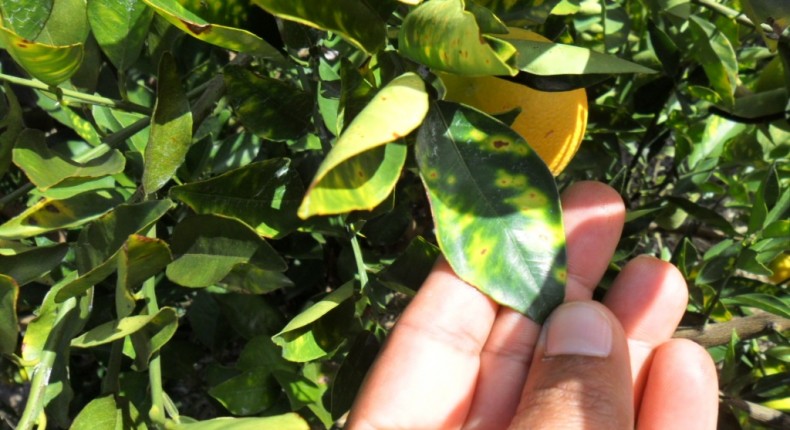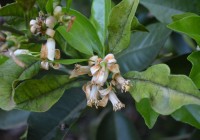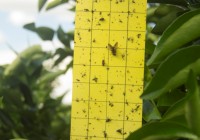11
ago

A survey shows that the occurrence of CVC is of only 3.02% at groves in São Paulo.
The disease Citrus Variegated Chlorosis (CVC), also known in Brazil as “amarelinho”, that was once considered the biggest threat of the citrus industry in the 1990’s, is practically extinct in most of the orange groves at the citrus park in Brazil, which encompasses 349 municipalities in São Paulo and Minas Gerais. According to Fundecitrus – The Brazilian Citriculture Defense Fund, research organization funded by a partnership between citrus growers and the industry, the disease affects only 3.02% of orange trees, the lowest rate since the survey started in 1996.
CVC was identified for the first time in the world at groves in São Paulo in 1987, and by 2004 it reached 43.8% of orange trees. The complete ignorance about the disease led to elimination of over 100 million orange trees since the first report and losses in production of more than 20% from 2000 to 2005, when CVC reached its peak, being responsible for more de R$ 1 bi in damages to the citrus chain.
Many citrus growers gave up on the activity and stopped planting fearing they’d beaten by the disease and many of them believed in the end of the Brazilian citrus industry’s competitiveness. However, a research network gathering national and foreign organization resulted in a jump in knowledge and improvement of CVC management, which is based in using healthy seedlings, controlling the leafhoppers spreading the disease and the removal of sick trees. The incorporation of this new model of control by the majority of citrus growers resulted in the intensity and importance of the disease dropping drastically in the last few years.
Proof of that is in the data regarding the occurrence of CVC in different age groups in the groves. In the last few years, the disease is decreasing in all ages of trees, becoming a secondary issue, but still a strong one in older groves, over 10 years old, remaining from when the disease first appeared. It was in this age group that they observed the largest drop in the rate of the disease, which impacted the general rate. The reason was the elimination of the older sick trees with low productivity and replacing them with healthy groves grown in a new technological model of prevention and management of the disease.
See the report, in Portuguese, at: http://www.fundecitrus.com.br/comunicacao/noticias/integra/cvc-atinge-apenas-3-da-citricultura/418
- |

